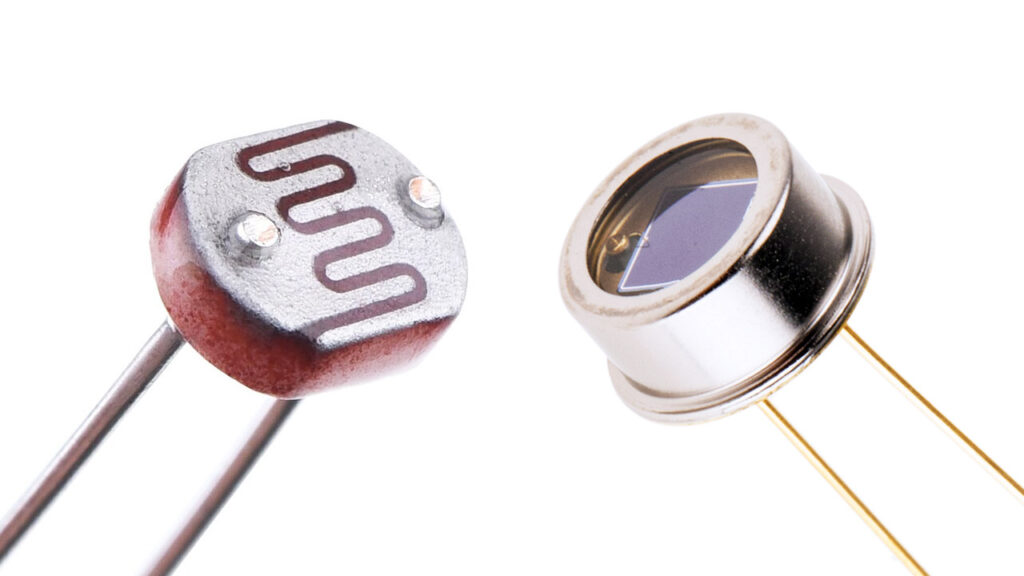What Is the Difference Between Passive Cooling and Active Cooling?
Managing the heat generated by the components is very important in the design of electronic systems. High-power components generate more heat and can cause the system to malfunction. Two different techniques, active cooling and passive cooling, are applied to protect heat generating systems.

Managing the heat generated by the components is very important in the design of electronic systems. High-power components generate more heat and can cause the system to malfunction. Two different techniques, active cooling and passive cooling, are applied to protect heat generating systems.
Passive cooling is a system that uses heat sinks, heat spreaders or heat pipes to maintain optimum operating temperatures of electronic components. The passive cooling method is cost effective and an energy efficient solution.
The most commonly used passive cooling device is heat sinks. A thermally conductive metal mass, such as aluminum or copper, is mounted on the heat-generating component. Heat is transferred from the component to the heat sink by conduction and is dissipated from the heat sink surface to the ambient air. In order to increase the heat transfer ability, the surface area can be increased by creating fin-like structures on the heat sink.
Another frequently used passive cooling device is heat spreaders. The heat spreader is the thermal conductive metal plate used to move the concentrated heat and distribute it over a larger area. The heat spreader can be used as a thermal interface between the component and the heat sink. There is a heat spreader as a support plate inside the printed circuit boards. The heat-generating electronic components are connected to the thermal paths on the printed circuit board and the resulting heat is dissipated through the metal layer.
Heat pipes are also extremely efficient for providing thermal management. These devices are made of a thermally conductive metal tube filled with liquid or cooling material. One end of the pipe is connected to the heat source and the other end to a heat sink. The heat generated by the component boils the liquid inside the tube. The boiling liquid vapor goes to the cold end and condenses. Here it cools and returns to the end of the component.
Active cooling is the application of air or liquid over the heat source to protect electronic components against high temperatures. The disadvantage of the active cooling method is that the system needs electricity to operate.
The most common active cooling method is the application of compressed air over the heat source. Compressed air is created using a fan or blower. The increased airflow quickly removes the heated air, which significantly improves overall heat dissipation. Different sizes of fans can be used to control the flow rate. Placement and orientation can also be optimized to improve cooling performance.
Another active heat management is the pumping of liquid in a closed loop system. The circulating liquid inside the pipes is used to remove the heat generated in the heat source. The most common application of this technology in electronic systems is cold plates. The heatsink metal plate has internal channels or buried piping to allow fluid flow. The plate is mounted on the heat generating component or circuit board. The heat source heats the liquid in the cooler. When the liquid heats up, cold liquid is pumped into the system and the temperature is controlled.
When electronic components are operated at high temperatures, their function begins to deteriorate and their operating life can be severely reduced. To meet high performance requirements and reliability, the heat generated on critical components must be transported away and dissipated into the surrounding environment.






